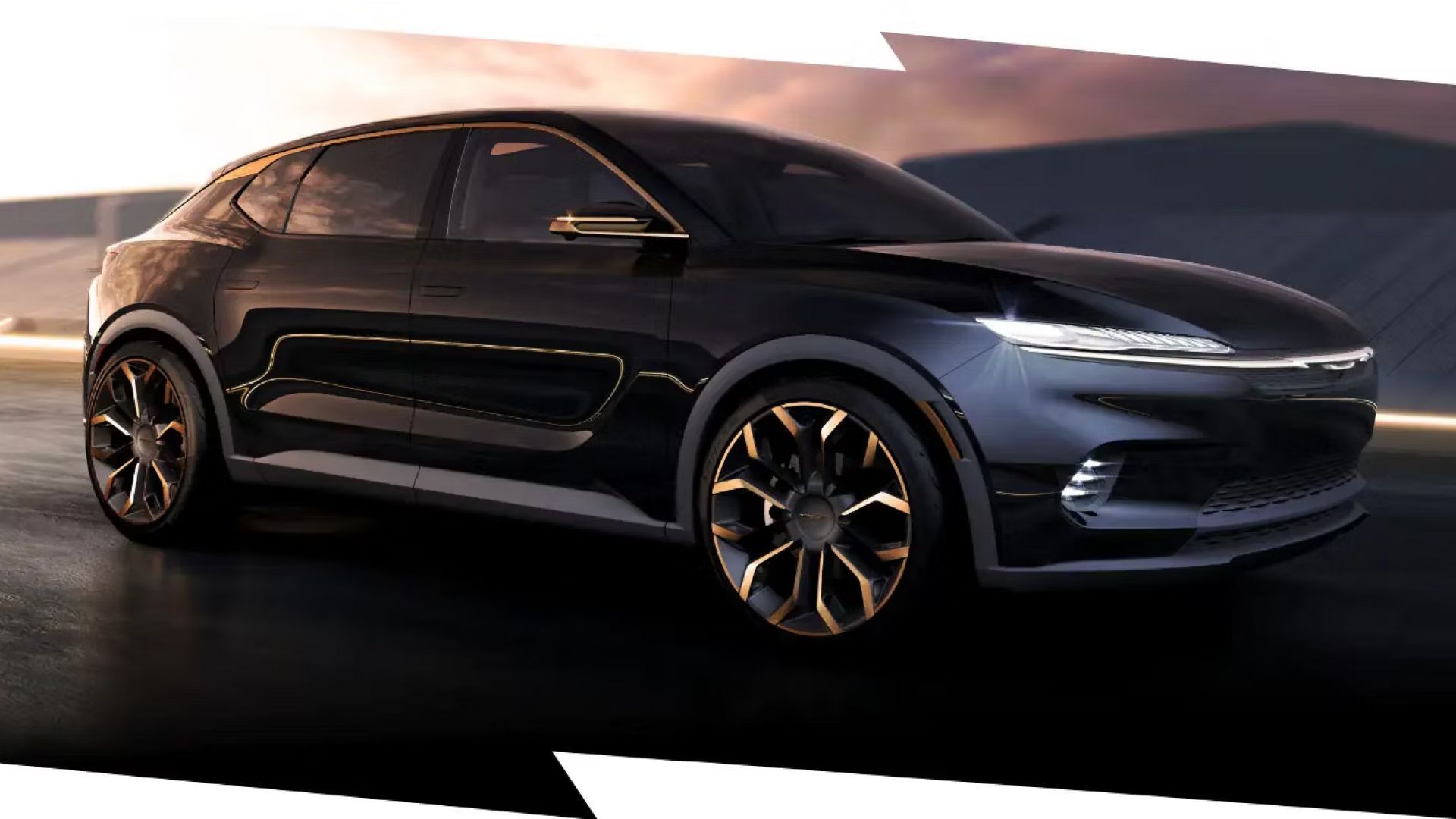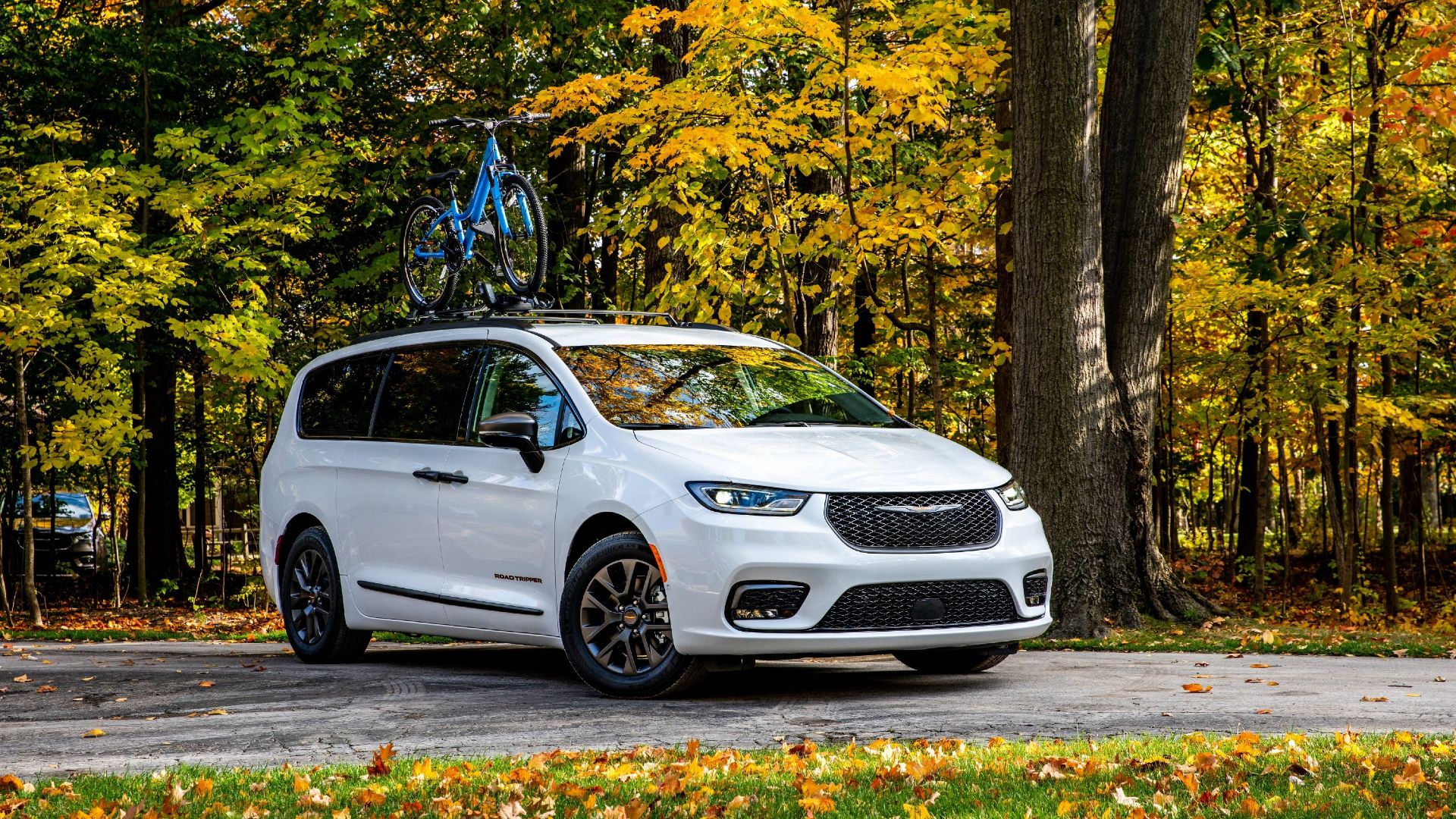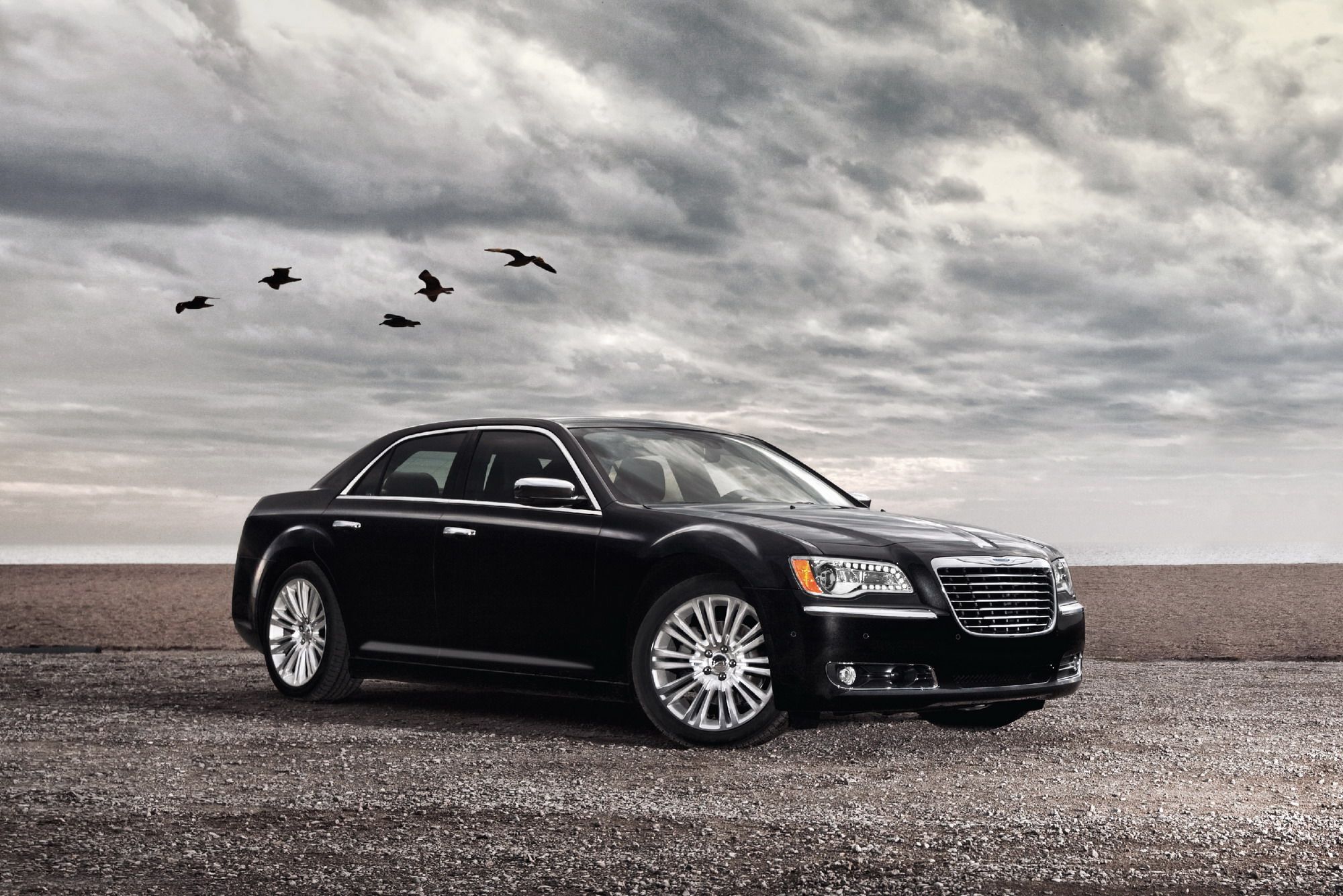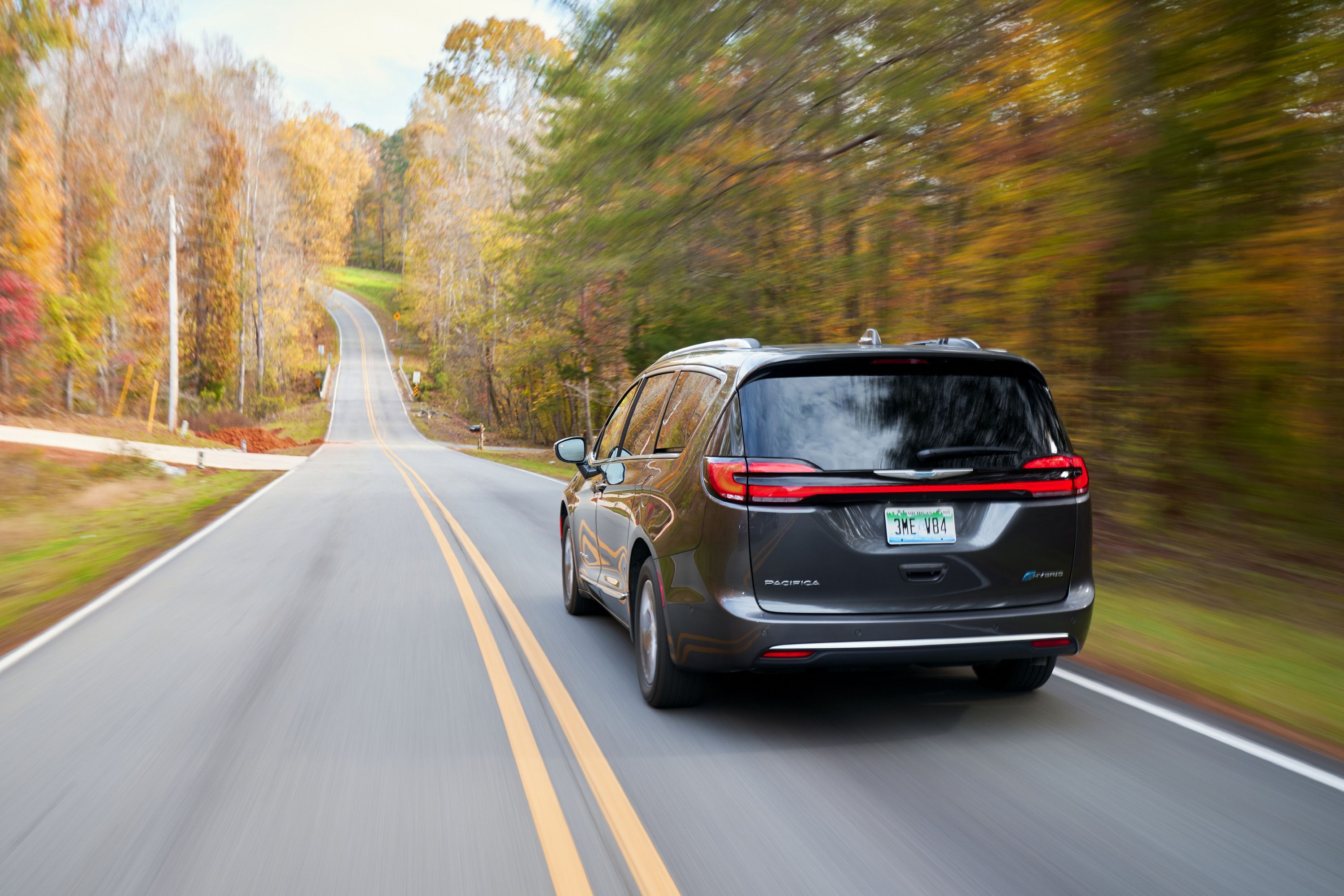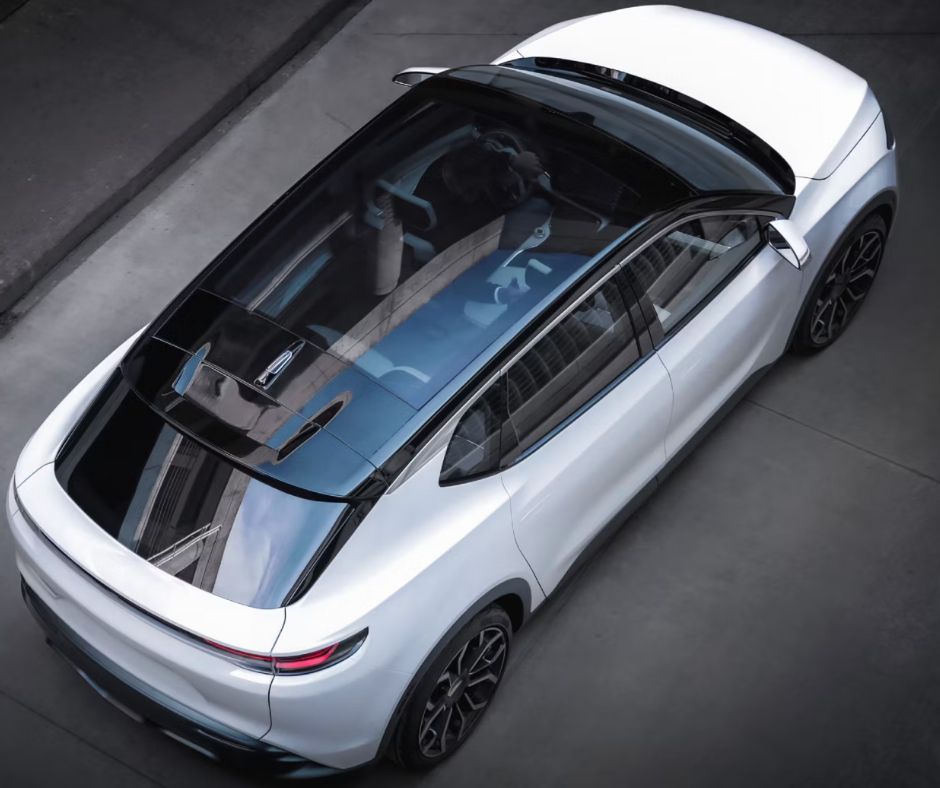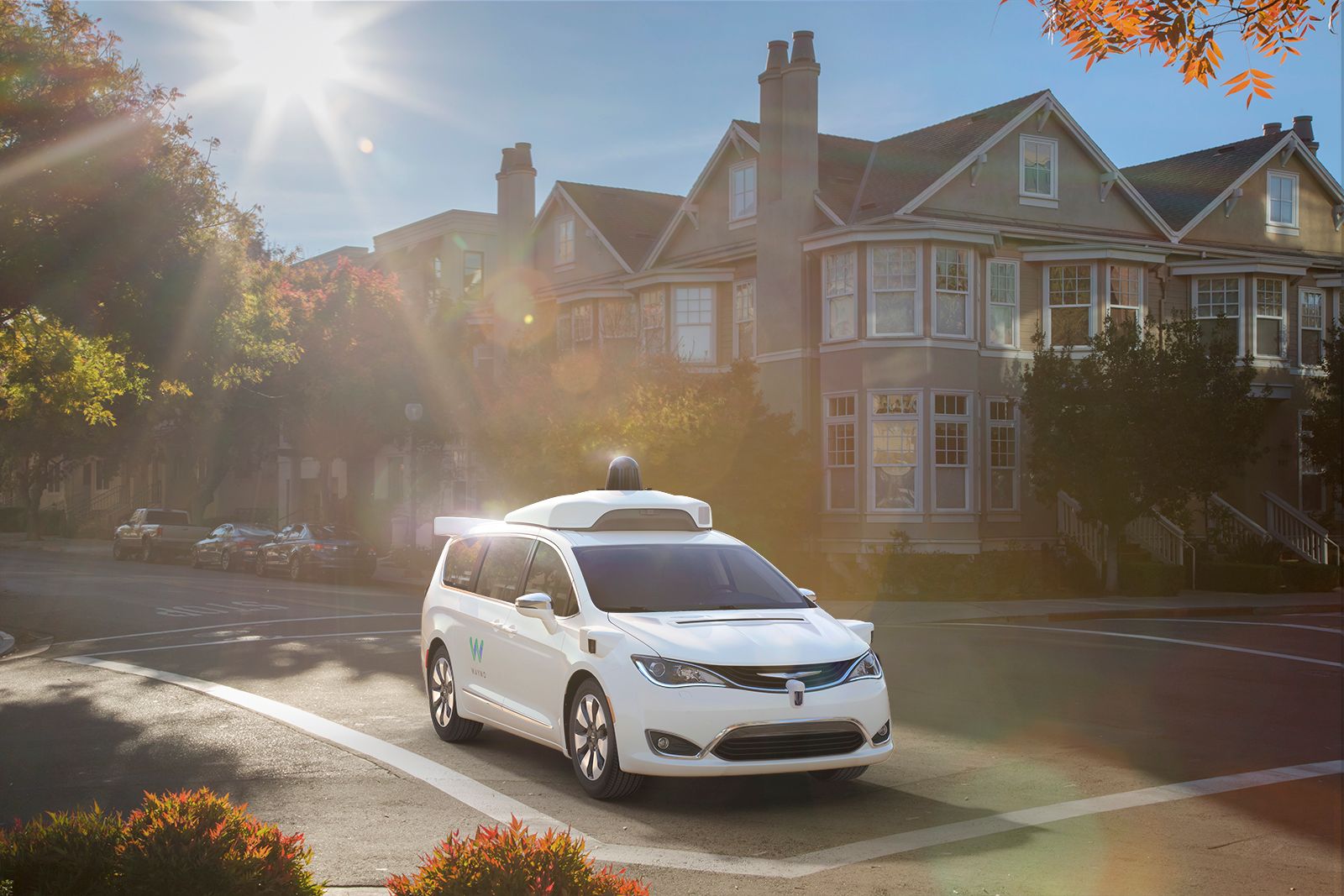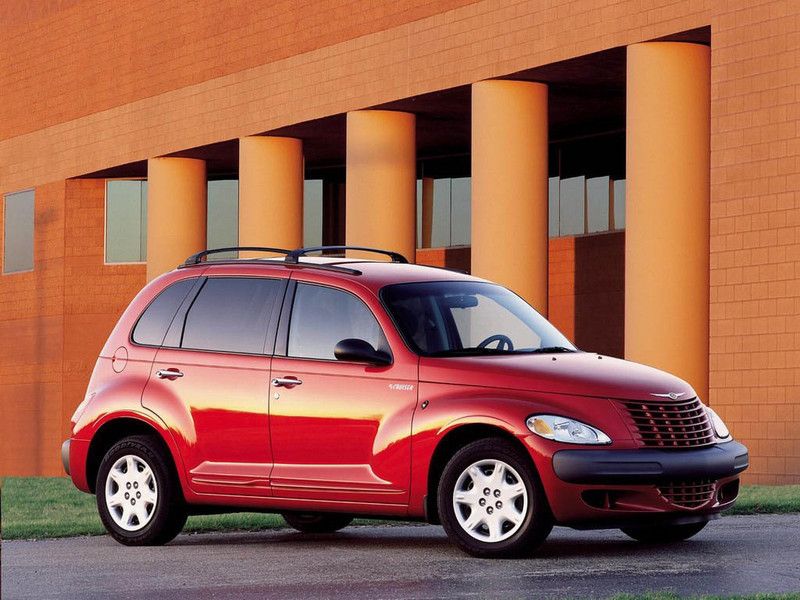Chrysler, a once-mighty American automaker, has struggled to compete with its rivals for years. Now, with the shift toward electric vehicles (EVs), the brand is facing an even more significant challenge. While its parent company, Stellantis, has made ambitious commitments to electrify its vehicle lineup, including a plan to shift all of its brands to electric by 2030, it remains unclear whether Chrysler can successfully transition to an all-electric lineup.
In this article, we'll take a closer look at Chrysler's current model lineup, what it used to be, and why Stellantis still needs to improve it. We'll also examine the upcoming Airflow concept and what needs to happen for a "rebirth" of the brand.
Chrysler's Current Model Lineup
Chrysler currently offers only two vehicles, the 300 sedan, and the Pacifica minivan. The current generation of the 300 has been on the market since 2011 but was closely related to the first gen introduced all the way back in 2005, a model which, in turn, used the bones of the 2001 Mercedes-Benz E-Class.
In comparison, the Pacifica is a relatively new model, having been introduced in 2016. While the Pacifica has received positive reviews for its spacious interior and innovative features, it has struggled to compete with rivals like the Honda Odyssey and Toyota Sienna.
What Chrysler Used to Be
Chrysler has a long and storied history in the automotive industry. It was once one of the "Big Three" American automakers, alongside Ford and General Motors. In the 1950s and 1960s, Chrysler was known for producing iconic cars like the 300 and the Imperial. In the 1980s, Chrysler arguably invented the minivan, which became a best-seller and helped to turn the company around. In the 1990s, Chrysler merged with German automaker Daimler-Benz, but the merger was a disaster, and Chrysler was eventually sold to private equity firm Cerberus Capital Management in 2007.
Why Stellantis Hasn't Improved Chrysler
When Stellantis was formed in January 2021 from the merger of Fiat Chrysler Automobiles (FCA) and Groupe PSA, many analysts believed that the new company would have the resources and expertise to turn around struggling brands like Chrysler. However, so far, Stellantis has not made significant investments in Chrysler. In a recent interview, Chris Feuell, Chrysler's CEO, said, "Chrysler hasn't been a brand that's been invested in over the last ten years." While Stellantis has made ambitious commitments to electrify its vehicle lineup, it remains to be seen whether it will be able to revive the Chrysler brand successfully.
The Airflow Concept
Chrysler recently announced that it plans to shift to an all-electric lineup by 2028 and introduce new products, including a utility vehicle. The Airflow concept vehicle, which has been unveiled at the Consumer Electronics Show (CES) in Las Vegas, is a preview of the brand's design direction as it looks to remake itself and boost sales. The plan is for the brand to offer its first EV by 2025 and add additional electric vehicles as it shifts from a lineup with gasoline-powered engines.
The Airflow concept is an all-electric crossover that will be pinned on Stellantis' EV architecture. It features a dual-motor setup with around 402 horsepower combined and a driving range of about 350 to 400 miles on a single charge. The Airflow looks quite intelligent, with a flowy design that slightly resonates with the Pacifica but is quite different from the 300.
The Possible Rebirth of the Classic Brand
Chrysler needs to do more than just introduce new electric vehicles to revive the brand successfully. It needs to improve the consumer experience by offering innovative features, customization options, and excellent customer service. Feuell emphasized the importance of the customer experience, saying, "Part of restoring and revitalizing the brand is about a product, but it's about the customer experience as well."
In addition to improving the customer experience, Chrysler needs to differentiate itself from its rivals by offering unique features and styling. The Airflow concept is a step in the right direction, but the company needs to continue to innovate and push the boundaries of design and technology.
Chrysler also needs to focus on marketing and building brand awareness. While there's no doubt the brand has a long and storied history, many consumers today need to get reacquainted. As a result, Stellantis needs to invest in advertising and promotion to get the word out about the new Chrysler.
Chrysler has a long and exciting history but has struggled to compete with its rivals in recent years. Stellantis has made ambitious promises to electrify its vehicle lineup, including shifting all its brands to electric by 2030. However, it remains to be seen whether Chrysler can successfully transition to an all-electric lineup and revive the brand. The Airflow concept is a step in the right direction, but Chrysler needs to do more to improve the customer experience, differentiate itself from its rivals, and build brand awareness. If Stellantis can successfully turn around the Chrysler brand, it will be a testament to its ability to innovate and adapt in the rapidly changing automotive industry.

